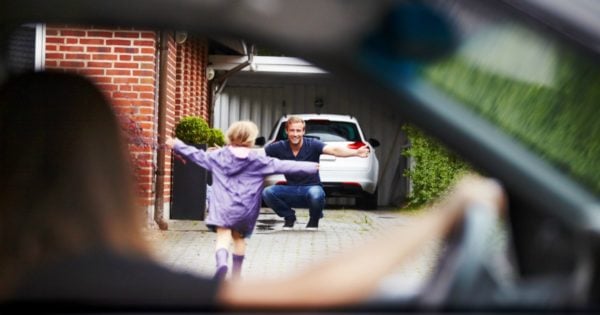A child is run over in a driveway in Australia every week.
It’s a shocking statistic, but to most of us, it’s just that – a statistic. When we learn about a tragedy that has struck another family, we sympathise, but we can never really understand the extreme despair, pain and guilt they are experiencing. And perhaps that’s why, despite hearing about cases regularly, these accidents keep happening.
This week it’s a family in Ipswich who are reeling from the death of their 18-month-old boy who was struck by a car in a driveway on Monday. Last year it was little Savannah’s family who mourned her death after her father ran her over in their Perth driveway. And on New Year’s Eve, two-year-old Kingston Fugawai was killed when a car struck him as it drove into his Sydney home.
These are just some of the cases - estimated at eight per year - when a child under five is killed after being run over at a low speed, child safety expert Holly Fitzgerald says.
Fitzgerald, the chief executive of Kidsafe SA, tells Mamamia parents need to be vigilant about driveway safety and should undertake a number of measures to prevent similar accidents in their own home, rather than relying on just one.
She says it's best to think of the driveway as a small road and treat it as such.
"You wouldn't have children playing on the road, don't let them play in the driveway. Because it can be a high-risk environment."
Listen: A photo of a baby on a tractor posted by footballer Tom Hawkins' wife this week got us debating whether it's unsafe.
Fitzgerald recommends parents start teaching their children from an early age about safety and staying off the driveway. However, at the age when they are most at risk - two to three years of age - they will be too young to fully understand the risks, and that's where parents taking preventative measures comes in.



Top Comments
Keep people off the drive way when other people are about to come or go!